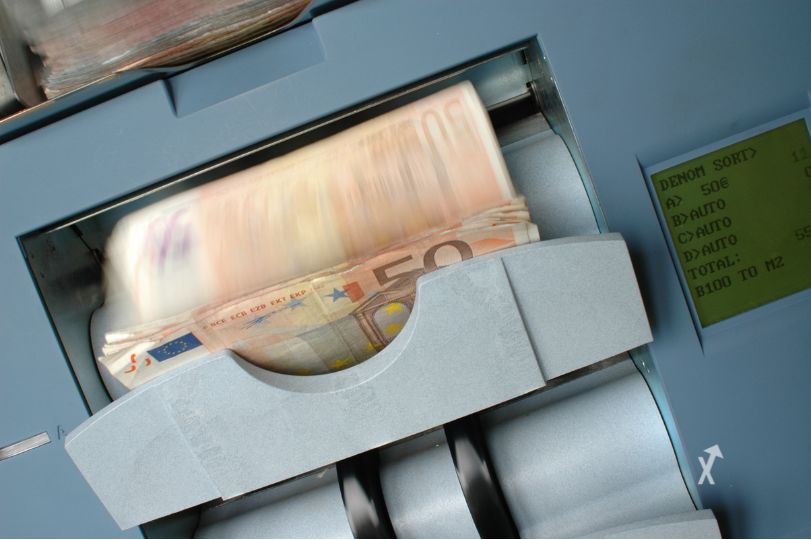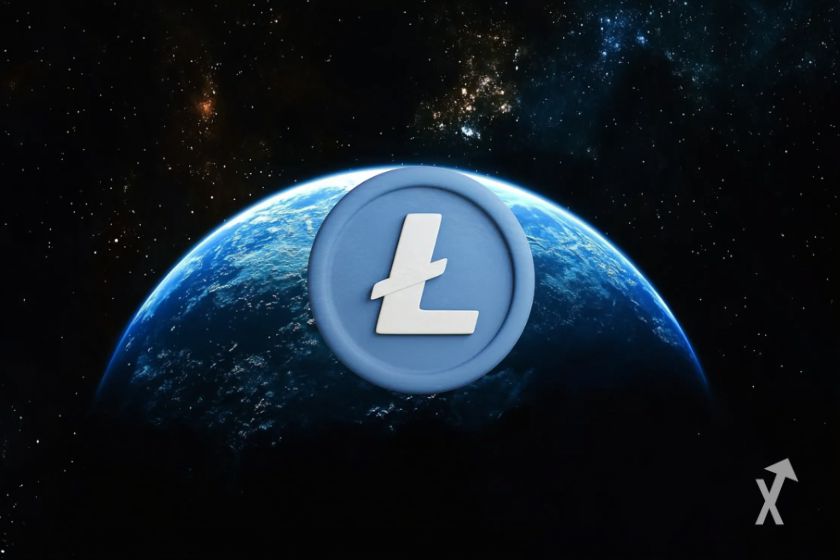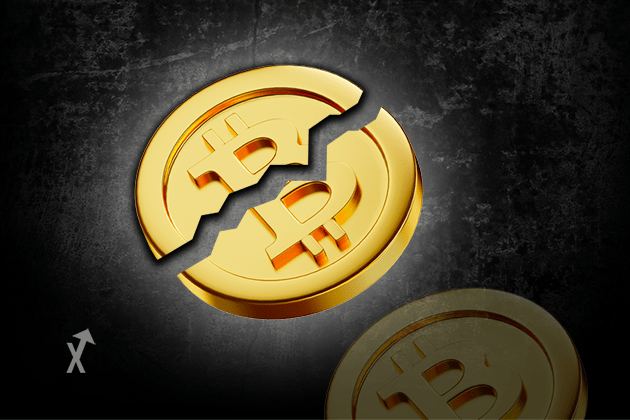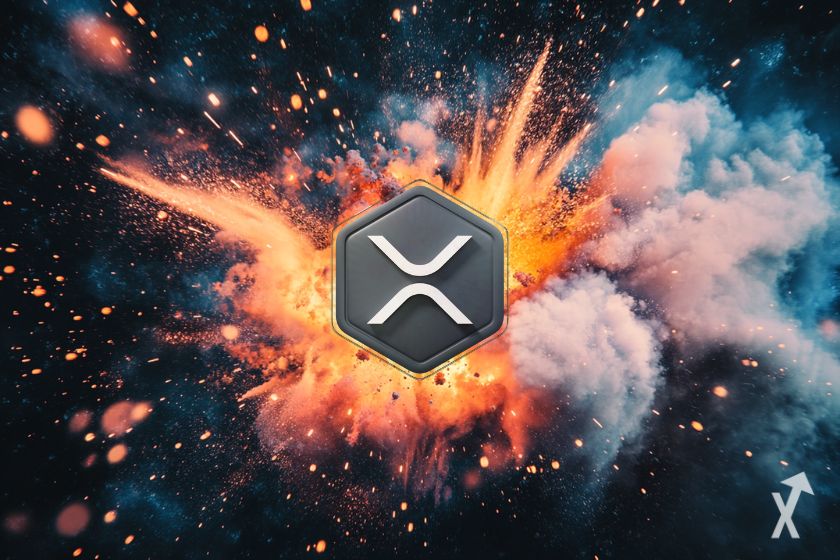What is lending and what is its place in decentralized finance?
Lending means “to lend”. It is, in the cryptosphere, an activity that refers to lending funds, in the form of tokens on dedicated platforms.
The rise of this activity is not surprising: the cryptocurrency market has already adopted a number of practices inspired by those of state and centralized finances such as fundraising, savings, asset transactions, etc.
Through the creation of more and more numerous and secure platforms, new possibilities are offered to users of cryptocurrencies such as lending and borrowing in cryptocurrencies.
The attractiveness of lending comes from its use of decentralized finance platforms, known as DeFi (Decentralized Finance). This finance is based on a digital device that makes it possible to refrain from going through a central or government bank to certify and approve transactions.
Its growth is closely linked to that of blockchain technologies, making it possible to link users, secure and authenticate their transactions.
Most decentralized finance activities today take place on the Ethereum blockchain, whose transaction costs are settled in its own currency (Ether).
Ethereum allows other blockchain-based applications to build on its own, opening up even more possibilities for decentralized finance, and therefore lending.
What are the major decentralized finance lending protocols ?
Going through decentralized finance, lending transactions are based on autonomous protocols available at any time by any user, without having to go through a customer knowledge procedure, file creation, etc.
Each platform has its own interest rates that vary based on user demand and supply.
These protocols rely on smart contracts, which execute transactions. These contracts stipulate both the timeframes for payment of interest, repayment of funds, or end of the loan.
There are many lending protocols on the market. Each protocol is linked to an online platform.
Here are 3 known protocols in lending in 2022 :
- Aave
- MakerDAO
- Compound
Aave – instant loan pioneer
The first protocol is Aave, formerly named ETHLend in reference to Ethereum.
Launched in 2017 thanks to a fundraising of 17 million dollars, the platform has established itself as the most popular as its project was ambitious and original: to create an opportunity for decentralized credits.
A precursor, Aave was the first protocol to offer instant unsecured loans, known as flash loans, which allow borrowing crypto-assets with the aim of acquiring another asset, reselling it and repaying the loan initially made while earning profits on the resale of the asset.
As always in borrowing transactions like this, the user who wishes to borrow a crypto-asset must post a guarantee equal to the sum he wishes to borrow and in the event of non-repayment or loss of value of the guarantee sum , it is liquidated to repay the loan automatically.
These interests are in the form of aTokens (replacing Token with the token you receive, the “a” being a reference to Aave). You can then exchange these tokens for others if you wish.
On Aave, it is also possible to do staking.
How to earn interest on Aave?
You can start earning interest very simply on Aave thanks to lending :
- Go to aave.com
- Connect your wallet (chrome extension, WalletConnect, Coinbase, Torus or Frame)
- On the Dashboard, there are two columns: on the left to lend your capital, on the right to borrow
- We see all the tokens that can be lent/borrowed and the APY (Annual Percentage Yield) which is the annual interest in the event of a loan/borrowing on this token
- When you go to the “Staking” page, you can also subscribe to one of the staking programs. Either we stake AAVE and we receive the same token as a reward, or we stake ABPT which is a mix between ETH and AAVE and we receive AAVE as a reward
The interests are very variable on this protocol. In lending, they go up to 7% on certain tokens and the staking varies between 7% for the simple AAVE and 14% for the ABPT.
The MakerDAO lending protocol
The second major protocol is MakerDAO. DAO stands for Decentralized Autonomous Organization.
It is both a loan and savings device, but also a stablecoin stored on Ethereum.
MakerDAO allows users with a MetaMask wallet and Ether (ETH) tokens to lend through a stablecoin called DAI. Blocking Ether tokens allows users to create DAI funds. The Ethers serve as collateral.
If the price of Ether drops too much against the borrowed DAI stablecoins, the loan is liquidated and the Ethers used as collateral are sold to repay the DAI, as well as any transaction fees defined by the Smart Contracts.
Earning interest with MakerDAO
When browsing the website linked to MakerDAO, you can find a lot of information about the project and the protocol. To access it, click on “Use DAI”, the most visible button at the top of the page.
We then arrive on the app linked to the protocol : Oasis app.
Several features are offered here :
- Multiply
- Borrow
The Multiply function corresponds to loans. We insert the value we want to put into the liquidity pool for a certain token and then we receive interest.
The app allows the borrower to choose the liquidation price of the loan to control their risks and increase the value of their bet as the risk increases.
The difference in risk is found in the percentage that the borrower has to put up as collateral compared to what the lender gives.
The higher the percentage the borrower demands, the lower the risk and the less interest he has.
The Borrow function makes it possible to borrow DAI by depositing ETH.
The Compound Protocol
The third most used protocol is Compound.
It works in the same way and has its own governance token called COMP which allows those who own it to vote on decisions concerning the platform: addition of new assets, technical updates of the platform, etc.
Lenders, those who practice lending, receive a cToken depending on the amount of funds lent. The cToken is the amount deposited into the liquidity pool. If a lender deposits ETH, ether, they will receive cETH.
Compound mainly uses ETH, USDC and DAI.
Earning interest with Compound
The principle is identical to the other protocols in the case of Compound.
Here are the few steps you need to take to start earning interest on Compound :
- Go to the Compound.finance site, you can go to the linked app directly;
- Connect your wallet to access the app;
- You have two options :
- Supply
- Borrow.
Supply to make funds available by touching a certain percentage.
Borrow to borrow funds by putting a consideration.
Other exchange platforms, called marketplaces, offer lending and do not belong to decentralized finance.
They are more aimed at classic financial technology enthusiasts who work with cryptocurrencies, mimicking the transactions of fiat currencies (“real” currencies) on traditional platforms.
The rates are determined by the platforms, often higher than those offered by the more volatile decentralized finance platforms however. These platforms require this time to go through a KYC protocol of knowledge of the customer.
These centralized lending platforms are generally exchange platforms whose accessibility is easier for beginners than decentralized finance protocols requiring greater mastery and more in-depth knowledge of the cryptosphere.
The most used platform is Binance, which does not use smart contracts or liquidity pools.
Loans and assets are secured by the platform. As a result, lending conditions are much less flexible.
For example, the loan maturity options are very limited, from 7 days minimum to 3 months maximum. However, it is possible to commit funds on several lendings over different periods.
The major centralized platforms Coinbase and Nexo also offer lending of the same type and operate on the same principle.
What are the potential interests ?
The interests of lending vary depending on the protocols chosen, and the platforms, depending on whether they are centralized or decentralized.
The major interest of lending is obviously higher interest rates than those offered by traditional banks in savings books.
In 2021, the average interest rates for the USDC vary between 6% and 8% which is higher than the booklet A around 0.5%.
The second major advantage, offered mainly by decentralized platforms, is that of the flexibility of the terms of contracts which are generally not very negotiable in traditional banking institutions.
The possibilities are very wide in lending. The user can choose to block his funds for an indefinite period, and thus withdraw them when he wishes, but he can also choose to block them only for a fixed period.
The platforms offer payment schedules but some also offer the possibility of repaying early and in one go.
Finally, the third major advantage of lending, compared to other investments in cryptocurrencies, is protection against the fluctuations of a volatile market.
The loaned capital increases without being exposed to these fluctuations. If zero risk does not exist, the contracts still ensure that the amount lent at the start is recovered, as well as interest at the end of the operation.
Lending, particularly on decentralized finance platforms, is a safe investment opportunity for cryptocurrency users wishing to protect themselves from the volatility of an emerging market while ensuring a return on their investments and contributing to the expansion of the decentralization of this alternative finance.

















